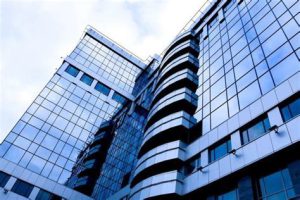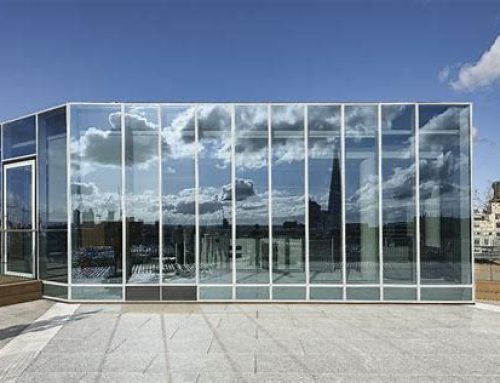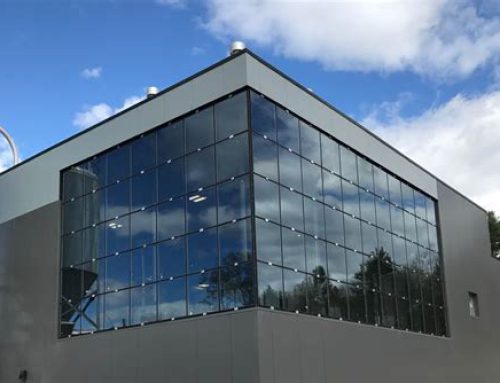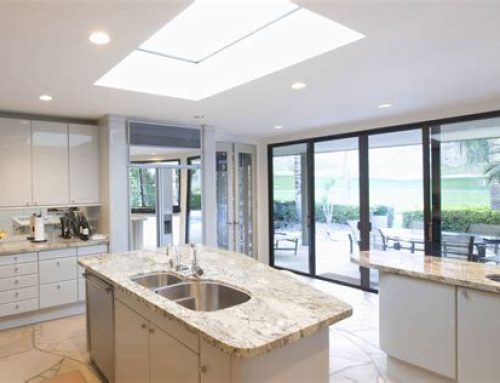The sale price of the profile and implementation of the facade of the modern glass building

The sale price of the profile and implementation of the facade of the modern glass building ,In the realm of contemporary architecture, glass buildings have emerged as iconic symbols of modernity and innovation. Their sleek, transparent facades offer a striking contrast to traditional structures, often becoming landmarks in urban landscapes. However, the allure of these architectural marvels comes at a price – both figuratively and literally.
The sale price of the profile and implementation of the facade of a modern glass building is a multifaceted consideration that encompasses various factors, including design complexity, material selection, construction techniques, and sustainability goals.
Design Complexity:
The design of a glass building facade can vary greatly depending on the architect’s vision and the project’s requirements. From simple, minimalist designs to complex geometric patterns, the possibilities are endless. Each design choice affects the overall cost of the facade, as intricate patterns or unconventional shapes may require specialized materials and construction methods.
Material Selection:
Glass buildings typically feature high-performance, energy-efficient glass to maximize natural light while minimizing heat gain and loss. The choice of glass type – such as clear, tinted, reflective, or low-emissivity (low-e) glass – significantly impacts both the aesthetics and the cost of the facade. Additionally, structural elements like aluminum or steel frames are often used to support the glass panels, with options ranging from standard profiles to custom-designed systems.
Construction Techniques:
The installation of a glass building facade is a highly specialized process that demands skilled labor and precision engineering. Depending on the project’s scale and complexity, construction techniques may include curtain wall systems, unitized panels, or point-supported glass systems. Each method has its own cost implications, with factors like material wastage, labor efficiency, and installation time influencing the overall expense.
Sustainability Goals:
In an era of increasing environmental awareness, sustainability has become a key consideration in architectural design. Glass buildings offer opportunities for energy efficiency through features like double-glazed windows, insulated spandrel panels, and photovoltaic glass. While these sustainable elements may incur additional upfront costs, they can lead to long-term savings in energy consumption and operational expenses.
Balancing Cost and Aesthetics:
Achieving the perfect balance between cost and aesthetics is a delicate dance for architects, developers, and building owners. While cutting-edge design features can elevate the visual appeal of a glass building facade, they often come with a hefty price tag. Therefore, it’s essential to strike a balance between architectural innovation and budgetary constraints, ensuring that the final result meets both artistic and financial objectives.
Navigating the Economic Landscape:
In the realm of modern architecture, the economic landscape plays a crucial role in shaping the design and implementation of glass building facades. Developers and investors must carefully weigh the potential returns against the upfront investment required for these iconic structures. Factors such as market demand, location, competition, and regulatory requirements all influence the feasibility and profitability of glass building projects.
Market Demand and Trends:
The demand for glass buildings fluctuates with market trends and consumer preferences. In vibrant urban centers where iconic architecture is prized, there may be a strong demand for visually striking glass facades. Conversely, in more conservative or economically challenged regions, developers may opt for more cost-effective building materials to maximize returns on investment.
Location and Competition:
The location of a glass building project can significantly impact its sale price and implementation costs. In prime locations with high land values and stringent zoning regulations, developers may face increased pressure to deliver innovative designs that maximize usable space and aesthetic appeal. Furthermore, competition from neighboring developments may drive up construction costs as developers vie for attention and market share.
Regulatory Requirements and Compliance:
Building codes, environmental regulations, and sustainability standards also influence the sale price and implementation of glass building facades. Compliance with local building regulations, including seismic codes, fire safety standards, and energy efficiency requirements, adds another layer of complexity and expense to the project. Additionally, obtaining permits and approvals from regulatory authorities can introduce delays and additional costs to the construction process.
Future Outlook:
Looking ahead, the future of glass building facades is likely to be shaped by advancements in technology, sustainability initiatives, and evolving consumer preferences. Innovations such as smart glass, self-cleaning coatings, and dynamic shading systems promise to enhance the performance and aesthetics of glass buildings while addressing concerns about energy efficiency and maintenance costs. Furthermore, as society increasingly prioritizes sustainable development and resilience in the face of climate change, glass buildings may need to adapt to meet stricter environmental standards and resilience requirements.
In conclusion, the sale price and implementation of the facade of a modern glass building are influenced by a myriad of factors, including design complexity, material selection, construction techniques, sustainability goals, market demand, location, competition, and regulatory requirements. By carefully navigating these economic and logistical challenges, architects, developers, and building owners can create glass buildings that are not only visually stunning but also economically viable, environmentally sustainable, and resilient for the future, The sale price of the profile and implementation of the facade of the modern glass building , The sale price of the profile and implementation of the facade of the modern glass building.





Leave A Comment